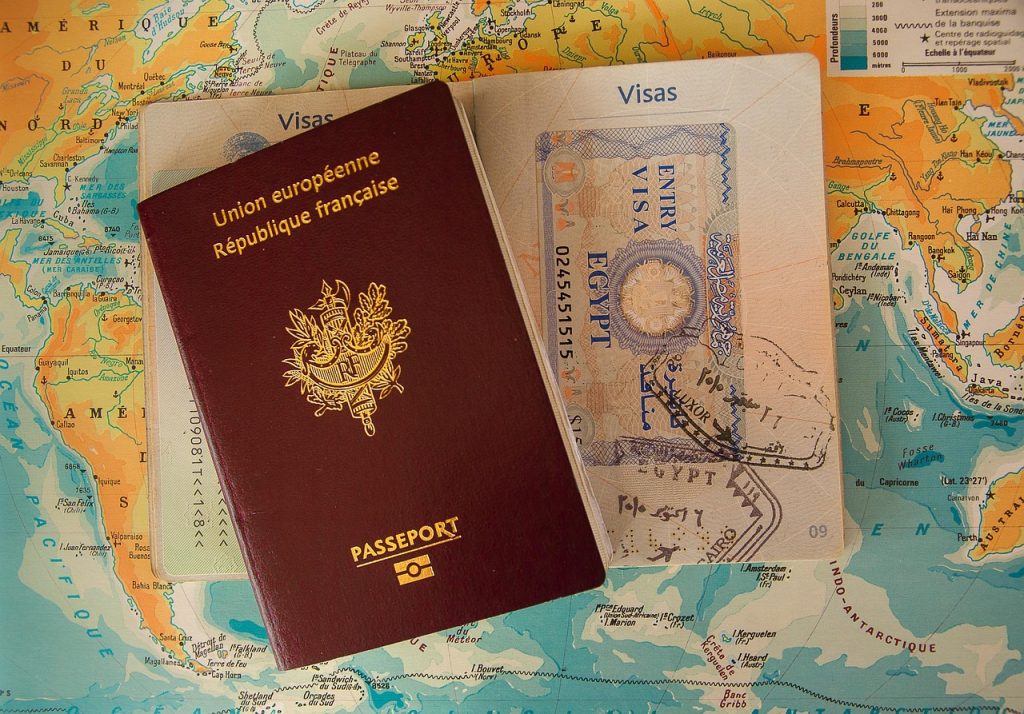Introduction
If you’re planning to explore multiple countries in Europe, the Schengen Visa is your golden ticket. With one visa, you can visit 27 countries in the Schengen Area — from France and Italy to Germany, Spain, and the Netherlands. But many applicants get overwhelmed by the documentation and embassy processes. This guide breaks it all down.
What is a Schengen Visa?
A Schengen Visa allows short-term travel (up to 90 days in a 180-day period) across member countries without needing separate visas for each. It’s perfect for:
- Tourism
- Business
- Family visits
- Attending events or conferences
Schengen Countries You Can Visit
As of now, the Schengen Area includes popular countries like:
- France 🇫🇷
- Germany 🇩🇪
- Spain 🇪🇸
- Italy 🇮🇹
- Netherlands 🇳🇱
- Greece 🇬🇷
- Switzerland 🇨🇭
And many more.
Required Documents
- Passport (valid for at least 3 months beyond your planned departure)
- Visa application form (completed and signed)
- Travel itinerary (flight bookings, hotel reservations)
- Travel insurance (minimum coverage of €30,000)
- Proof of financial means (bank statements, payslips)
- Letter of invitation (if visiting someone)
- Employment or school letter
Where to Apply
You must apply at the embassy or consulate of the country:
- You’ll spend the most time in; or
- That is your main destination; or
- That is your first point of entry (if equal time in multiple countries)
Visa Fees
Standard visa fee is €80, but reduced or waived fees apply for certain groups like children, students, or researchers.
Tips to Improve Approval Chances
- Ensure your documents are consistent across languages and currencies
- Be honest about your travel history
- Don’t submit fake bookings — embassies verify
- Prove your intent to return (job letter, family ties, property, school enrolment)
Conclusion
Whether you’re backpacking through Europe or attending a trade event, the Schengen Visa simplifies cross-border travel. With proper planning and thorough documentation, your European adventure is just a visa away. Need a document checklist? Download one from our News & Tools section.


